
About This Quiz
Part of the modern experience for more than a century, the automobile is just a part of life that many of us take for granted. Cars and trucks, however, have a history that contains fascinating characters, astonishing breakthroughs in design and engineering, tales of victory and defeat and, at times, just a bit of a dark side. For this quiz, we're going to test your knowledge of all things automotive.
While it's necessary to have at least a passing knowledge about how a machine works to use it properly, knowing some of the history - and humanity - behind your automobile can lead to a more rewarding experience. An impersonal device becomes much more relatable when you see how it has grown from its humble beginnings to the powerful machine it has become.
This quiz will test your knowledge not only of the history of the automobile but also on facts, figures and people who surround it. Can you drive a stick, and does that put you in the minority or the majority? What was Henry Hale Bliss' claim to automotive fame? What did Lamborghini do before he became a god to the gearheads?
Do you know enough to appreciate the machine you get into every day? It won't affect your driving, but we guarantee you'll enjoy the ride just a little more when you know more about the people, places and history behind your beloved car or truck. Let's go!

Introduced in 1966, the Toyota Corolla is the best-selling car of all time, having sold more than 44 million vehicles as of 2016. The Corolla became the best-selling car in the world in 1974 and surpassed the former best-seller of all time, the Volkswagen Beetle, in 1997.

Americans like their vehicles in neutral shades, with white, silver and black being the three most popular colors for the past several years. About half of the cars sold are one of these three shades, with blue and red rounding out the top five. If you want your vehicle to have increased visibility, however, yellow is considered the best shade by many; that's why school buses are painted that color.

Ranging in size and weight from the engine block to the smallest screw, Toyota estimates that the typical car is made up of about 30,000 parts. Even if you want to purchase an "American" car, you're going to be in for a challenge. Since some of these parts come from different countries, it's impossible to get a purely domestic automobile in the age of globalization.
Advertisement

Drivers have a love/hate relationship with car horns. They love being able to express their feelings - good or bad - using the device, and they generally hate it when others use their horns for the same reasons. Still, the ability to communicate quickly, if not in a sophisticated way, is essential for driving safety. Just don't overdo it!

Based on statistics from 2018, drivers in the United States used 142.86 billion gallons of gasoline - that works out to about 3.4 billion barrels - for the year. That means that the drivers in the U.S. used about 391.4 million gallons of gas per day.

The first car built using the moving assembly line - a factor that both reduced the production cost and time that it took to build each car - Henry Ford's Model T kicked off the modern age of the automobile. Built between 1908 and 1927, approximately 15 million Tin Lizzies were made. The car is still the eighth best-selling car of all time, even though it has been out of production for eight decades.
Advertisement

It's not a contest anyone WANTS to win, but Honda Accord owners can be the most justifiably paranoid car owners of all. The Accord was at the top of the most stolen cars from 2009 through 2016. While the Honda Civic recently took that title, Accord owners should still be on their toes when it comes to protecting their property.
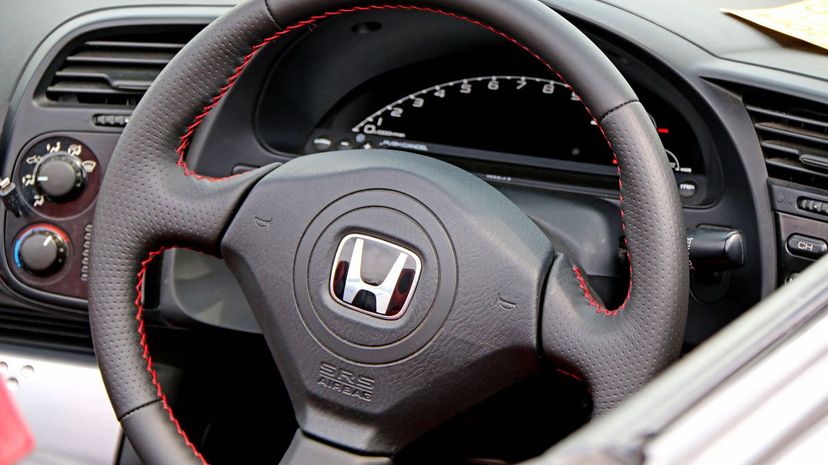
Honda hadn't had a lot of success in the automotive realm and, in the late 1960s, was considering pulling out of that market entirely. That changed, however, in 1972 when the Honda Civic was released and found an audience, forcing Honda to reconsider. Now in its 10th generation, Honda has sold more than 18 million Civics, making it the sixth best-selling vehicle of all time (as of 2019).
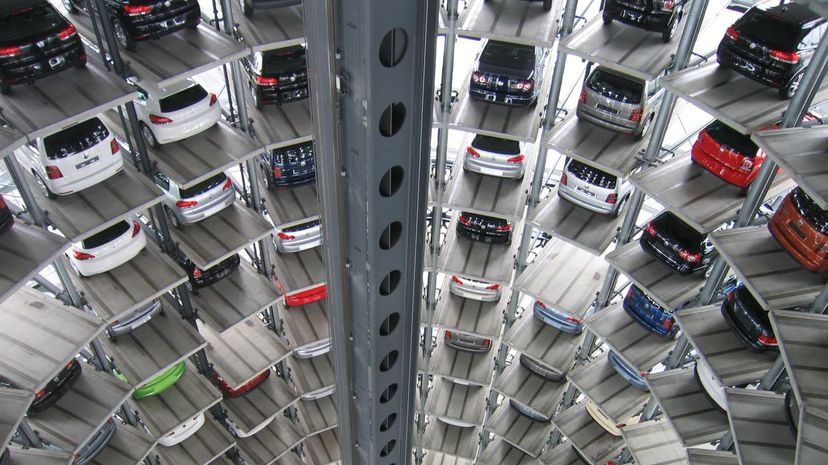
One way automakers can expand their offerings into the more lucrative luxury market is to create a new brand that caters to the driver who wants more performance and style and doesn't mind paying for it. Toyota started the Lexus line, Honda the Acura marque and Nissan created Infiniti in 1989.
Advertisement

Their price tag is impressive, but so is their quality. Of all the Rolls Royce passenger vehicles ever built, approximately 75% are still road-worthy today (some sources quote a more moderate, but still impressive, 65%). Part of this, of course, is that people tend to take better care of a Rolls than they might a more commonplace vehicle, but the quality of build factors into this impressive statistic.
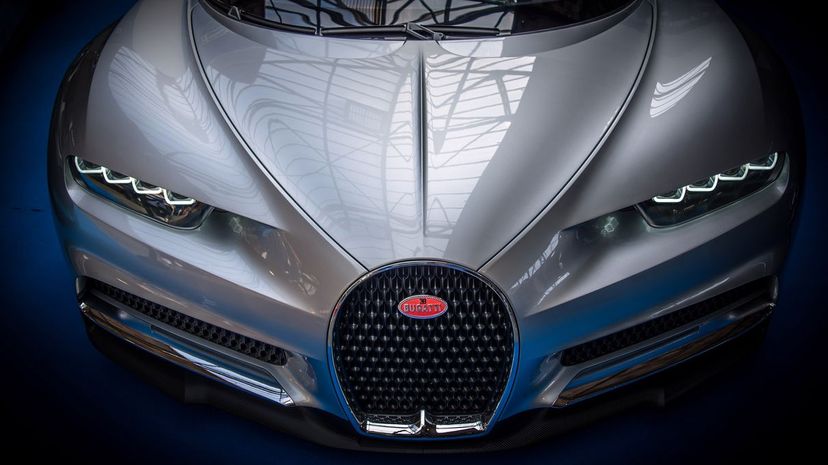
Although most famous for the humble and massively popular Beetle, the Volkswagen Group has been busy over the decades acquiring many brands along the way. In addition to these well-known luxury brands, the VW Group owns eight other brands, including Ducati and Lamborghini.

Ralph Teetor was an inventor and president of an auto parts manufacturing company, The Perfect Circle Co. He was also blind, the result of an accident when he was 5 years old. Teetor reportedly came up with the idea of the cruise control when riding with his lawyer, who would constantly speed up and slow down while driving - something that irritated Teetor. After 10 years of working on it, he patented his speed control device in 1945.
Advertisement

Henry Hale Bliss holds an unenviable title - he was the first person killed by an automobile in the United States. On September 12, 1899, Bliss was getting off a streetcar in New York City when he was hit by a taxicab. He died of his injuries the next day.

The best-selling vehicle in the United States isn't a car, but a truck - the Ford F-150, to be precise. Ford's F-Series has been the best-selling trucks in the U.S. since 1977 and has been the best-selling vehicle since 1986. The series generates more than $41 billion for the company each year (as of 2018).

The "Check Engine" light is trying to tell you that something isn't right with your vehicle, but it's not all that forthcoming with the specifics. While it could be something as simple (and fixable) as a broken or loose gas cap, the most common culprit is a bad oxygen sensor. This sensor tells your car's computer how efficiently the engine is running on its current fuel/air mix.
Advertisement

It could be nerves or it could be a lack of preparedness, but studies have shown that a sizable number of people fail their first attempt at their written driving test - about 60%. Most states let you take the test again quickly; sometimes, even the next day. So, study up and try again!

The FIRST thing to do is not panic when a tire blows out. Hold on to the steering wheel to maintain control and allow the car to slow gradually (do NOT slam on the brakes). Pull over as quickly as is safely possible and then get to the business of changing the tire or calling for help.

When you need to get under a vehicle for maintenance, do not proceed without making sure the vehicle is securely raised with a jack stand. Jacks on their own can slip and cause injury or death. A ramp can also be used, but jack stands are generally more convenient for the home DIYer.
Advertisement
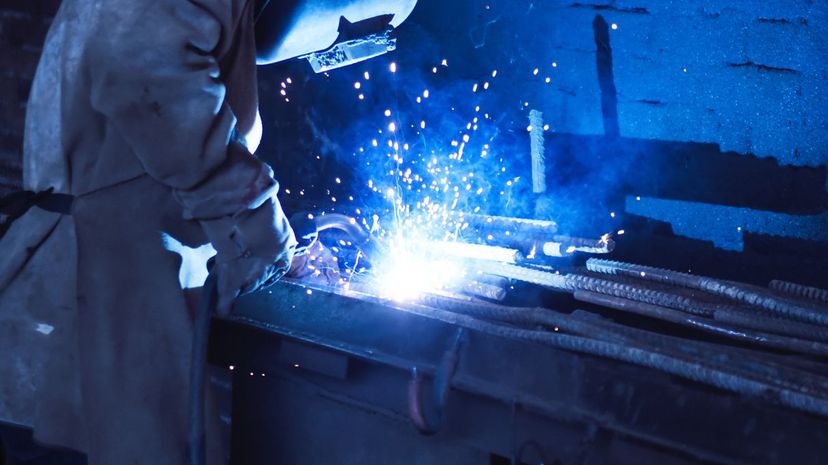
More than 70 million cars are manufactured each year around the world. The first time that threshold was broken was in 2016, when 72,105,435 passenger vehicles (which includes pickup trucks) were produced. This was up from 41,215,653 vehicles that were produced in 2000.

In researching his book, "Traffic: Why We Drive the Way We Do (and What It Says About Us)," author Tom Vanderbilt found that the average American spent about 38 hours stuck in traffic for one reason or another. He also found that 70% of fast-food restaurant business was done in the drive-through, so even when not stuck, Americans prefer to stay in their vehicles for many activities. The book was released in 2008, so these statistics are just averages.

According to a 2017 report by the U.S. National Safety Council, the odds of dying in a motor vehicle crash are 1 in 103, which is down from previous years thanks to safety advancements in automotive design. Other cheery facts from this report state that the odds of dying from a lightning strike is 1 in 218,106, from dog attacks 1 in 115,111 and from heart disease 1 in 6.
Advertisement

Research has found that there are 10 billion cars around the globe. Not all of these vehicles are on the road, of course - estimates state that there are about 1.4 billion working automobiles - but a far larger number of inoperable or junked cars exist. Since there's only about 7.6 billion people on the planet, working cars and their ancestors outnumber the human race.

In 2018, China produced more than 23.5 million passenger vehicles, which accounted for about one-third of the total global output. A joint venture between the Chinese automaker SAIC Motors and America's General Motors is one of China's largest car manufacturing companies. Japan and Germany rounded out the top three for that year.

According to research done by iSeeCars.com, after looking at more than 46 million car sales in the model year between 2014 and 2017, Mercedes C-Class owners were the quickest to turn around and get a new vehicle after the first year. Eight of the top 10 cars were in the luxury category, with BMW vehicles coming in second, sixth and seventh.
Advertisement

In 1941, Henry Ford and his company made a car with a plastic body on a tubular steel frame. The 14 plastic panels were made from a formula (the exact proportion of ingredients has been lost to time) of soybeans, wheat, hemp, flax and other materials. The car was about 1,000 pounds lighter than the typical steel car of that era. The outbreak of WWII sidelined the experiment and it was never picked back up.

It may seem like a good thing that an electric motor runs silently, especially compared to the noise typical of the internal combustion engine, but cyclists, pedestrians and people with limited vision have all raised warning flags about vehicles that can "sneak up" on people. Some manufacturers have started to equip their vehicles with artificial engine sounds or other noises that, at certain speeds, activate to give others a heads up.

When your vehicle's crash sensors detect a collision over a threshold speed - between 8 and 14 mph - the airbag's inflation system kicks in, using an explosion of compressed nitrogen gas to put it into motion. The airbags inflate within 50 milliseconds, bursting through the car's paneling to protect the occupants. They deploy a bit faster in a head-on collision.
Advertisement
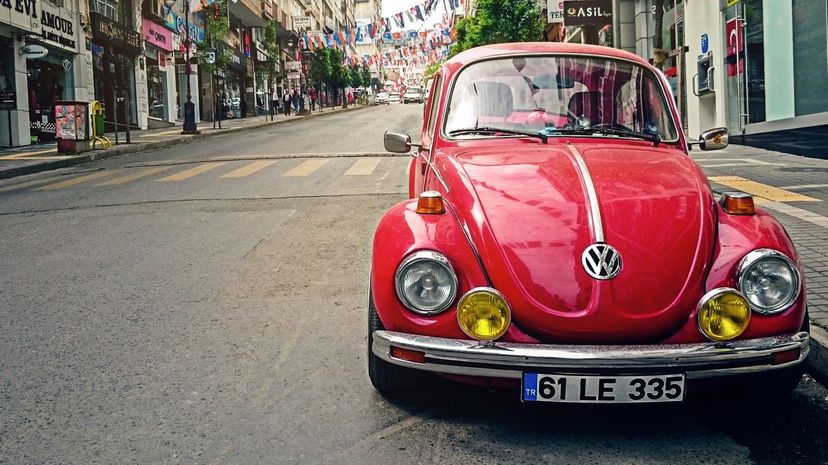
First hitting the roads in 1974, the Volkswagen Golf (also known as the Rabbit in some years and areas of the world) is VW's best-selling model of all time, with more than 30 million sold. The car is now in its seventh generation and still going strong.

Invented in 1959 by Volvo engineer Nils Bohlin, the three-point seatbelt has saved countless lives over the years - two-point seatbelts existed before that, but they didn't provide enough protection during a crash. To its credit, Volvo opened up the patent on Bohlin's design so that other car manufacturers could use the device.

While the future may belong to the autonomous vehicle, it has to get started somewhere, and Nevada jumped to the front of the line when, in 2012, it issued the first license to a self-driving vehicle, owned by Google. Currently, 11 states and the District of Columbia have authorized full deployment of autonomous vehicles.
Advertisement

Distracted driving is the term used for anything a driver does that take his or her attention off the road - that includes texting or other phone use, eating, using an infotainment system and the like - and it cost 3,166 people their lives in 2017, according to the U.S. National Highway Traffic Safety Administration. Eyes (and mind) on the road!

If you can drive a stick, you are in the minority of drivers in the United States because the vast majority can neither find them nor grind them. Only about 18% of American drivers know how to drive a vehicle with a manual transmission. As a result, only about 5% of the vehicles sold in the U.S. are manual.

Ferruccio Lamborghini started making tractors in post-WWII Italy and was successful at it - so successful that he bought a Ferrari 250GT. When it needed its clutch replaced, he suggested ways to improve it to Enzo Ferrari. When Ferrari was rude to him - What did a tractor manufacturer know about sports cars? - Lamborghini decided to get into the sports car business to show what he knew. Turns out, he knew quite a bit.
Advertisement

Since 1981, every Corvette that has rolled off the line has been made in Chevrolet's factory in Bowling Green, Kentucky. The town is also the home of the National Corvette Museum, which displays some of the finest models of the vehicle - and was the victim of a sinkhole in 2014 which swallowed a number of those fine vehicles. It has since been renovated and the cars repaired or replaced.

In 1885, German engine designer and mechanical engineer Karl Benz built the Benz Patent Motorcar and received the patent the following year. Driven by an internal combustion engine, Benz's three-wheeled vehicle is considered to be the world's first production motor car, with 25 of them being built between 1886 and 1893.

According to a study done by the insurance-comparison company Insurify, drivers of the Subaru WRX are at the top of their top 10 list of most speeding tickets per driver, with 20.12% of WRX drivers receiving tickets. The Scion FR-S, the Volkswagen GTI, the Hyundai Genesis Coupe and the Jeep Wrangler Unlimited round out the top five.
Advertisement

The Lada Riva, built by AvtoVAZ, first hit the streets of the former Soviet Union in 1980. The sedan, however, was based on a 1966 Fiat 124. The Lada Riva was also sold in Britain, Europe, Canada, Cuba and New Zealand. While the vehicle is no longer made in Russia, a variant of it continues to be made in Egypt.

Mercedes' tri-star emblem is intended to represent the company's engines and their presence in land, sea and air travel. It has been in constant use since 1910, back when the company was known as Daimler-Benz AG.

To evoke a sense of smooth, fast motion, Volkswagen has turned to the names of famous winds around the world for some of their vehicles. The "Golf" marque isn't named after the sport but the Gulf Stream. "Jetta" is the German word for "jet stream," "Scirocco" is a Mediterranean wind and "Passat" means "trade wind."
Advertisement

In Sweden, speeding tickets are set by both the speed and the violator's ability to pay. In 2010, one "lucky" Swedish driver with a fast car and a big income was fined €650,000 (which would be about $1,000,000 in U.S. currency at the time) for driving his Mercedes-Benz SLR at a speed of 186 mph.